ABOUT BANGLADESH GENOCIDE
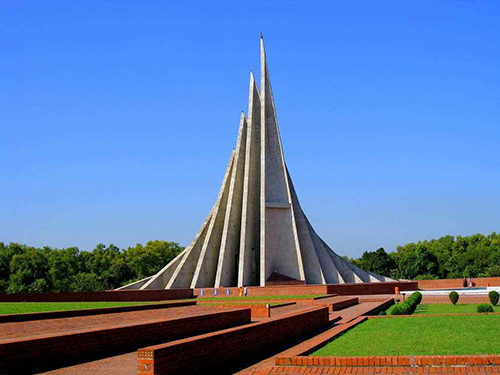 National Martyrs' Memorial, Bangladesh
National Martyrs' Memorial, Bangladesh
The 25th of March is the Day of Commemoration of the Bangladesh Genocide, during which Bangladesh commemorates the victims of the 1971 massacres. With the launch of a military operation “Operation Searchlight” in Eastern Pakistan (Bangladesh) on March 25, Pakistan sought to suppress Bangladesh's right to self-determination.
The Bangladesh Genocide, which was carried out by Pakistan in 1971, is rarely mentioned, but in the time of those horrific events, the world paid great attention.
In August 1947, India's independence from Great Britain led to the division of the British Indian colony to India and Pakistan. Pakistan was created on the British Indian territory with a Muslim majority, with no relation to geographical majority. As a result, this state was formed from two wings - Western Pakistan and Eastern Pakistan, which were separated from each other by the Indian territory.These wings were not only geographically separated, but also culturally. Muslims in Bangladesh were considered by Western Pakistan as second class citizens. Bangladesh had the task of protecting not only its language, but also its culture, which was also under attack.The Pakistani central government has taken various measures to take the economy of Eastern Pakistan under its control.
As a result of the disparity between the two wings in Pakistan, the Six point movement emerged in Eastern Pakistan led by the leader of the Awami League, Sheikh Mujibur Rahman, who demanded greater autonomy for the Eastern Pakistan. The main purpose of the movement was to fulfill six of the demands made by the coalition of the Bengal Nationalist Party in 1966 to put end to the exploitation of the Eastern Pakistan by the Western Pakistani leadership.
The tension between the two wings in Pakistan paved the way for the 1970 elections, during which the Awami League took a crushing defeat, gaining 167 out of 169 seats in the Eastern Pakistan Parliament. This allowed Awami league to form government and proclaim the independence of Bangladesh.
The Pakistani leadership, led by President Yahya Khan, viewed this as a threat to their government and interests. The latter banned the activities of the Awami League and declared a martial law.
The Genocide began on March 25 1971.The Pakistani Government initiated hostilities and targeted a number of Bangladesh towns and human groups. An attempt was made to decapitate the political and intellectual elite of the Eastern Pakistan, and the Dhaka University, a nationalist propaganda center, was attacked.Hundreds of students were killed during the Operation Searchlight.
In mid-May, the Pakistani army had succeeded in capturing cities under its control. The Pakistani army campaign has not only led to mass killings of the civilian population but also caused mass deportations.
During the second phase of Bangladesh's liberation war (from mid-May to September), Pakistani army, along with military operations, also engaged in large-scale robbery and rape of girls and women.If many young men were killed during the first round of the liberation struggle, the second phase of the war was targeted on women and girls. According to various estimates the Pakistani army raped from 200.000 to 400.000 Bangladeshi women and girls. During the war, the Pakistani army and its local collaborators have carried out a coordinated death penalty of Bengali intellectuals.
During the third phase of the liberation struggle (from mid-October to mid-December), guerilla attacks increased. In November 1971 India sent troops to protect the Hindus and Bengali from the genocide committed by the Western Pakistan. In December 3, a large-scale war broke out between India and Western Pakistan, which ended with the defeat of the Pakistani army on December 16, 1971.
After the war, the Indian army kept 92,000 Pakistani criminals of war, of whom 195 were charged with war crimes. In April 1974, 195 criminals were released after Bangladesh, Pakistan, and India signed a trilateral agreement in Delhi. Bangladesh allowed them to return to Pakistan in response to recognition of Bangladesh independence by Pakistan.
During the nine months of Bangladesh liberation war Pakistani militants and Islamist insurgents killed about 3 million people.10 million people migrated to India, and 30 million people were forced to leave their homes.
Narek Poghosyan
AGMI Researcher
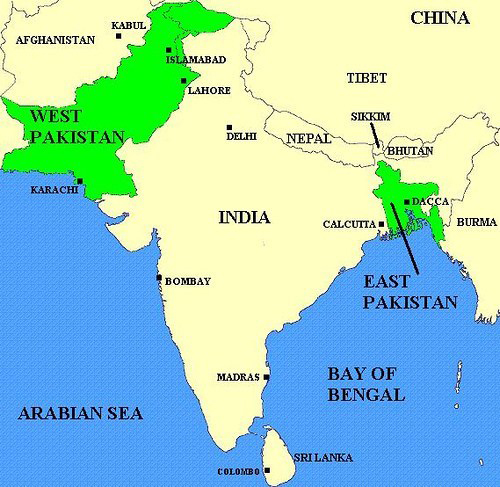
In 1947 British Indian colony was divided into India and Pakistan, the latter was further divided into Western and Eastern Pakistan (Bangladesh).
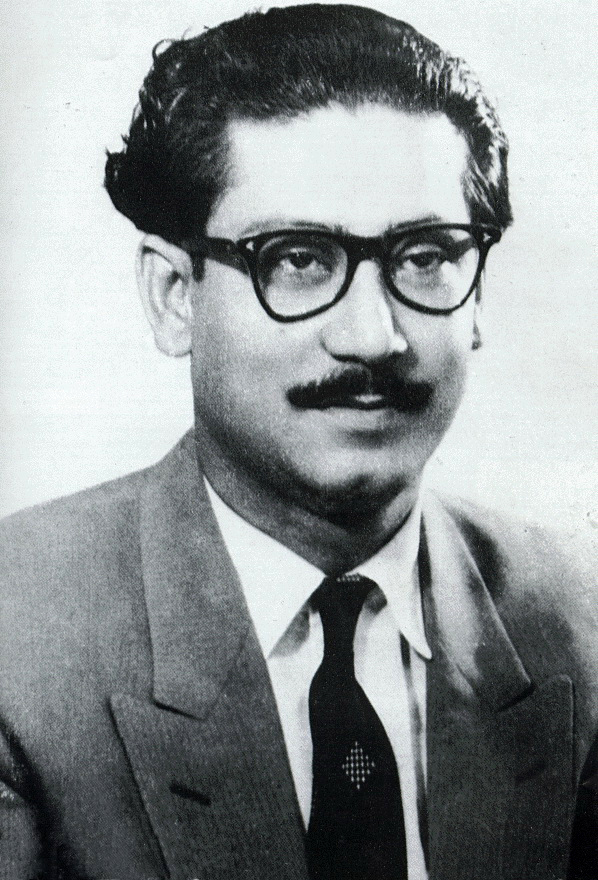
Sheikh Mujibur Rahman, the First President of Bangladesh (1920 - 1975)
(1971 – 1972 president)
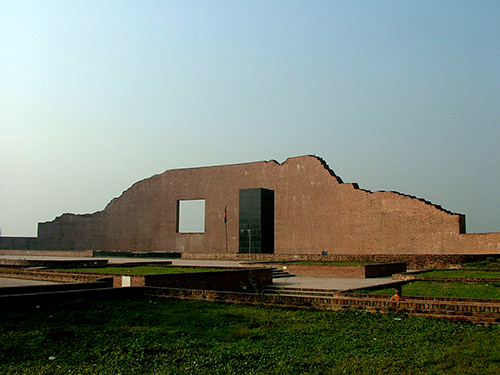
Memorial dedicated to Martyred Intellectuals of Bangladesh Genocide, Dhaka
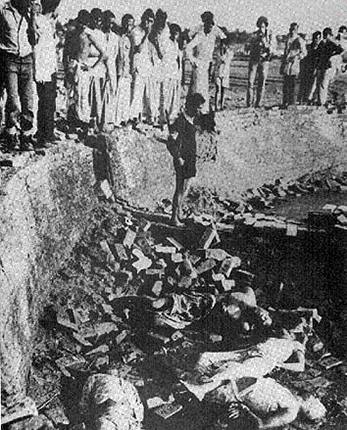
The Martyrs of Bangladesh Genocide
Photo sources: virtualbangladesh.com





